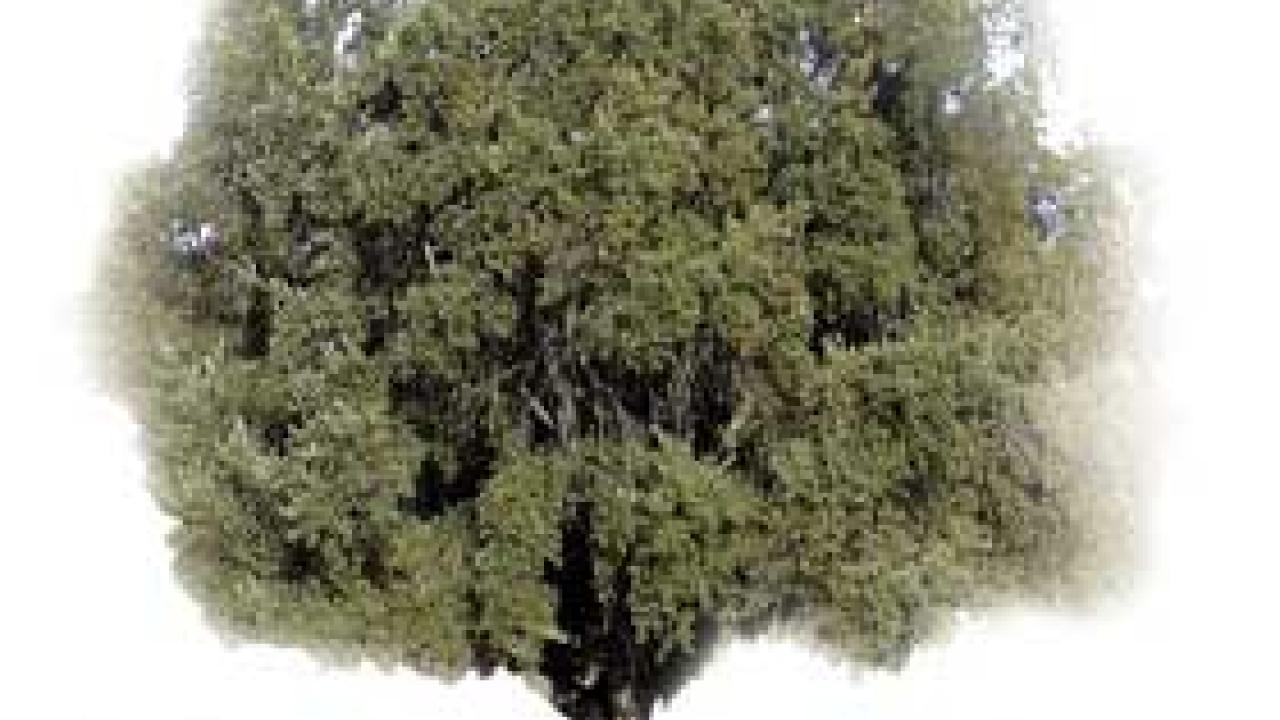Dutch elm disease wiped out the stately urban canopies of American elms that once graced communities throughout the United States. Many new housing projects have drifted away from planting large trees such as ash or sycamore in favor of smaller, faster growing species such as crape myrtle. Greg McPherson, who heads up the Center for Urban Forest Research, believes the trend away from large trees is a costly mistake.
"People had a sense that large trees were important to them, their families and their communities -- and that was long before we quantified the benefits of trees," McPherson said. "Now we have scientific evidence for what people instinctively understood decades ago."
In most areas of the country, communities can care for their largest trees for as little as $13 per tree each year, according to a recent analysis by the center. The payback is significant. Each tree returns an average of $65 in energy savings, cleaner air, better-managed stormwater, extended life of streets and higher property values.
"Even at maturity, small-stature trees do not come close to providing these benefits," McPherson said. "Dollar for dollar, large-stature trees deliver big savings and other benefits we can't ignore."
The value of large trees can range upward of $120 per tree per year, while small trees average $15 or less. It adds up. In a hypothetical example, the community of "Greentree" needed to plant 2,700 trees. By choosing predominantly small trees in the mix the city lost $60,000 of value over a 20-year period.
McPherson's case for large-stature trees is available from the center in a brochure entitled "The Large Tree Argument." A PDF of the brochure is at http://cufr.ucdavis.edu/products/cufr_511_large_tree_arguement.pdf
Media Resources
John Stumbos, (530) 754-2261, jdstumbos@ucdavis.edu
Greg McPherson, Center for Urban Forest Research, (530) 752-7636, egmcpherson@ucdavis.edu
